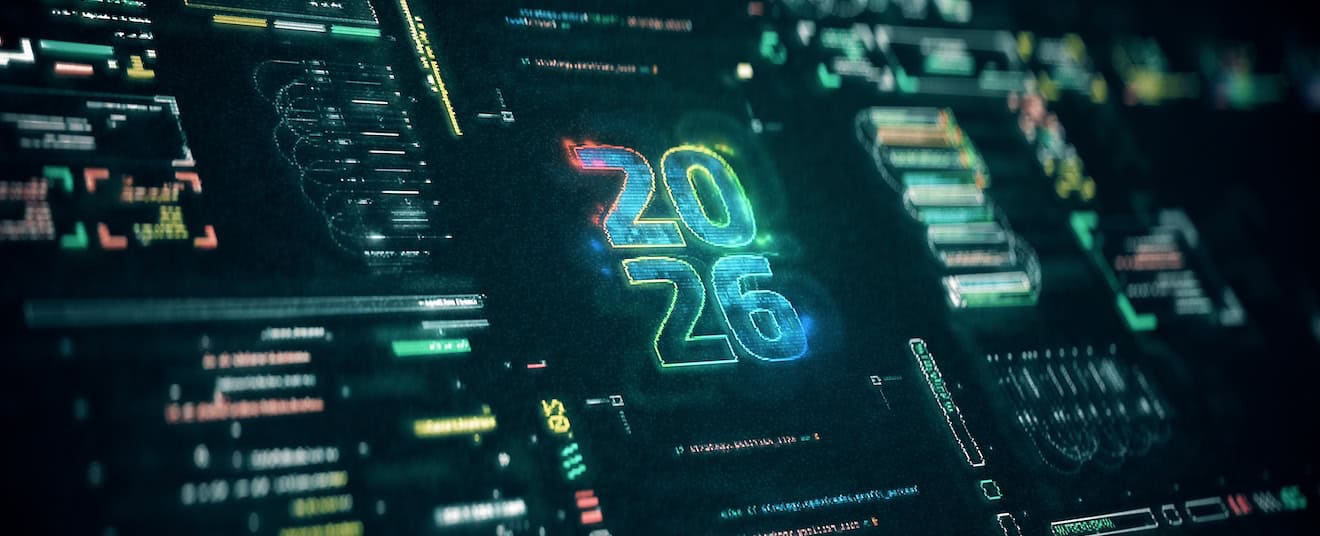The arrival of quantum machines is not merely a technical milestone. It is a call to fundamentally rethink how we learn, teach and reason.
For generations, our education and cognition have been rooted in linear thinking: step-by-step logic, singular outcomes and sequential processes. These habits served us well in a world of classical computing, but quantum technology demands something more. To truly unlock the power of quantum machines, we must unlearn our reliance on linearity and begin to embrace multiplicity, ambiguity and simultaneity.
The limits of linear thinking
Linear thinking is woven into the fabric of our classrooms, workplaces and daily lives. We break problems into manageable chunks, analyze each part in isolation and then reassemble the solution and use sprints to make progress. This is a process that mirrors the binary logic of traditional computers. But quantum machines operate on principles that defy this approach: superposition allows them to hold multiple states at once, while entanglement connects distant elements instantaneously. These features mean that quantum computing is not just faster, it is fundamentally different.
Our minds, however, are still stuck in the classical paradigm. We seek singular answers, clear cause-and-effect relationships and definitive conclusions. Quantum systems, by contrast, thrive in a landscape of probabilities, parallel possibilities and interconnected dimensions. The challenge is not just to use quantum machines, but to learn how to think alongside them.
Unlearning and relearning for quantum minds
To adapt to the quantum age, we must confront several deeply ingrained habits:
- Certainty and single solutions: Classical computing offers clear, deterministic outputs. Quantum computing, by contrast, deals in probabilities and amplitudes. Our brains are wired to seek certainty, but quantum thinking requires comfort with ambiguity and the ability to navigate a spectrum of possible outcomes.
- Dimensional thinking: Quantum advantage often comes from the ability to represent exponential amounts of information in a small number of qubits. Our minds, however, default to three-dimensional models and linear narratives. We need to learn to visualize and reason in higher dimensions, where variables are not just axis but entangled dimensions.
- Sequential reasoning: From project planning to scientific writing, we present ideas as ordered sequences. Quantum workflows, however, operate non-sequentially, exploring many pathways at once. We must learn to plan and strategize in ways that allow for multiple, simultaneous explorations.
Cultivating quantum cognitive habits
Rewiring our thinking is not just an abstract exercise. It requires practical shifts in how we approach learning and problem-solving:
- Embrace both-and logic: Like quantum systems that exist in superposition, we must learn to hold conflicting ideas and priorities in active tension, rather than forcing premature resolutions.
- Design for interconnection: In quantum machine learning, data points are not isolated but are encoded as entangled states. Similarly, learning environments should encourage collaboration and the integration of diverse perspectives.
- Build feedback loops: Just as hybrid quantum-classical systems use continuous feedback between probabilistic and deterministic processes, our learning systems should incorporate agile, iterative loops for ongoing adaptation.
The future of quantum learning
The real bottleneck for quantum adoption is not the hardware. It is our own minds. To thrive in the quantum age, we must prioritize:
- Probabilistic literacy: Teaching learners to understand and work with uncertainty and probabilities.
- Multidimensional visualization: Developing tools and techniques to help people reason in higher dimensions and across entangled states.
- Learning from failure: Fostering mindsets that treat failure as data, not defeat, and that embrace the iterative, probabilistic nature of quantum processes.
Just as quantum error correction relies on distributing information across entangled qubits, we need to disseminate knowledge and insight across networks of thinkers and learners. The quantum age will not be defined by faster processors alone, but by minds that are comfortable navigating a world of multiple possibilities, interconnected dimensions and simultaneous pathways.
Ultimately, the challenge is not just to learn about quantum machines, but to become quantum thinkers ourselves — capable of holding complexity, ambiguity and multiplicity in our minds as we shape the future.


